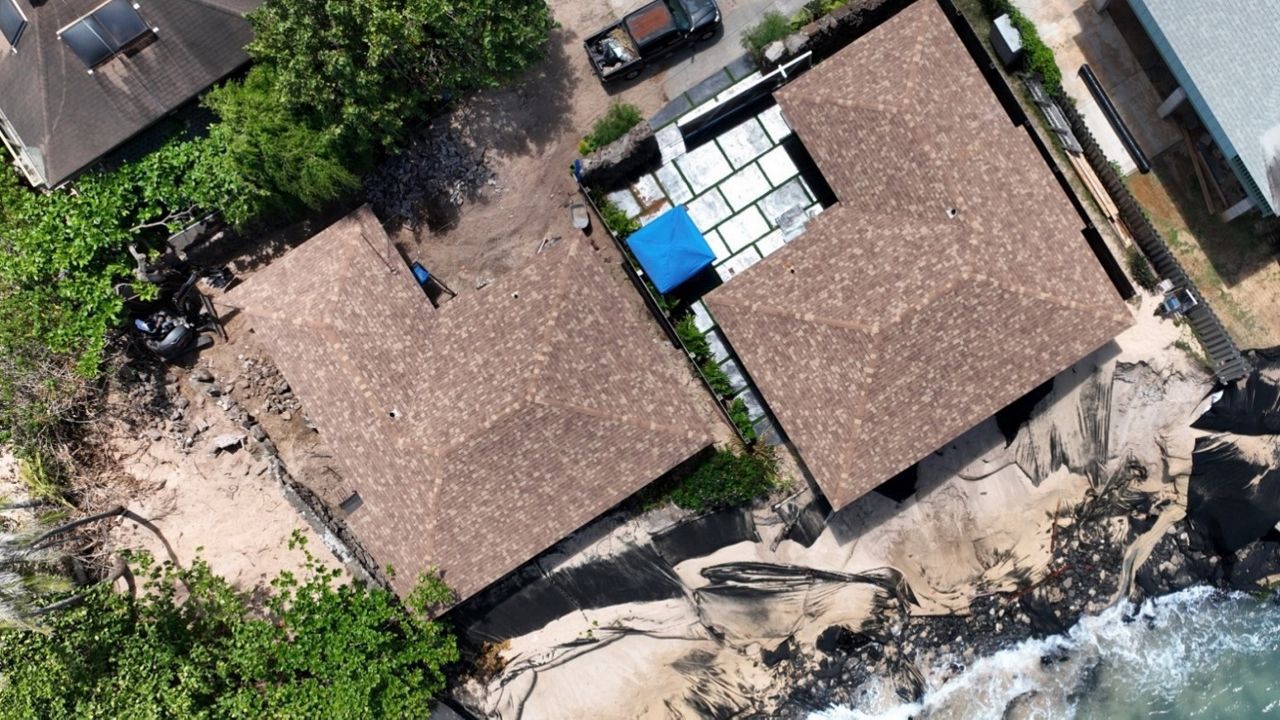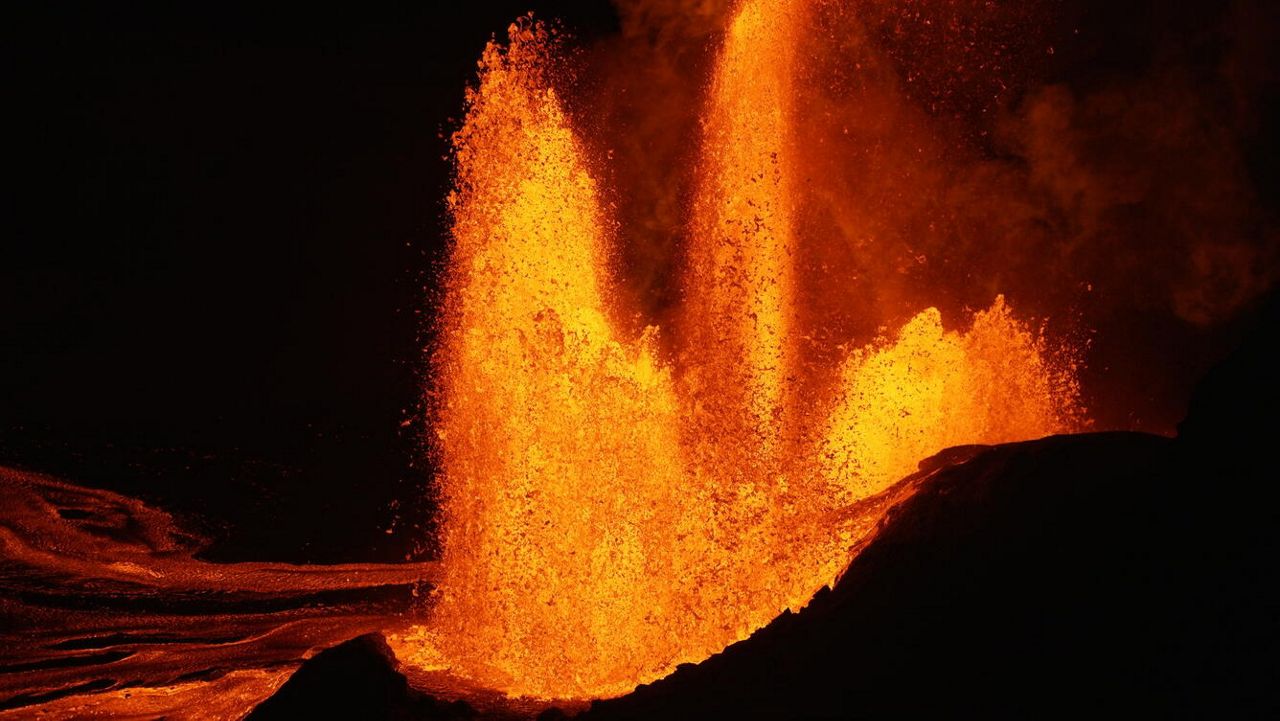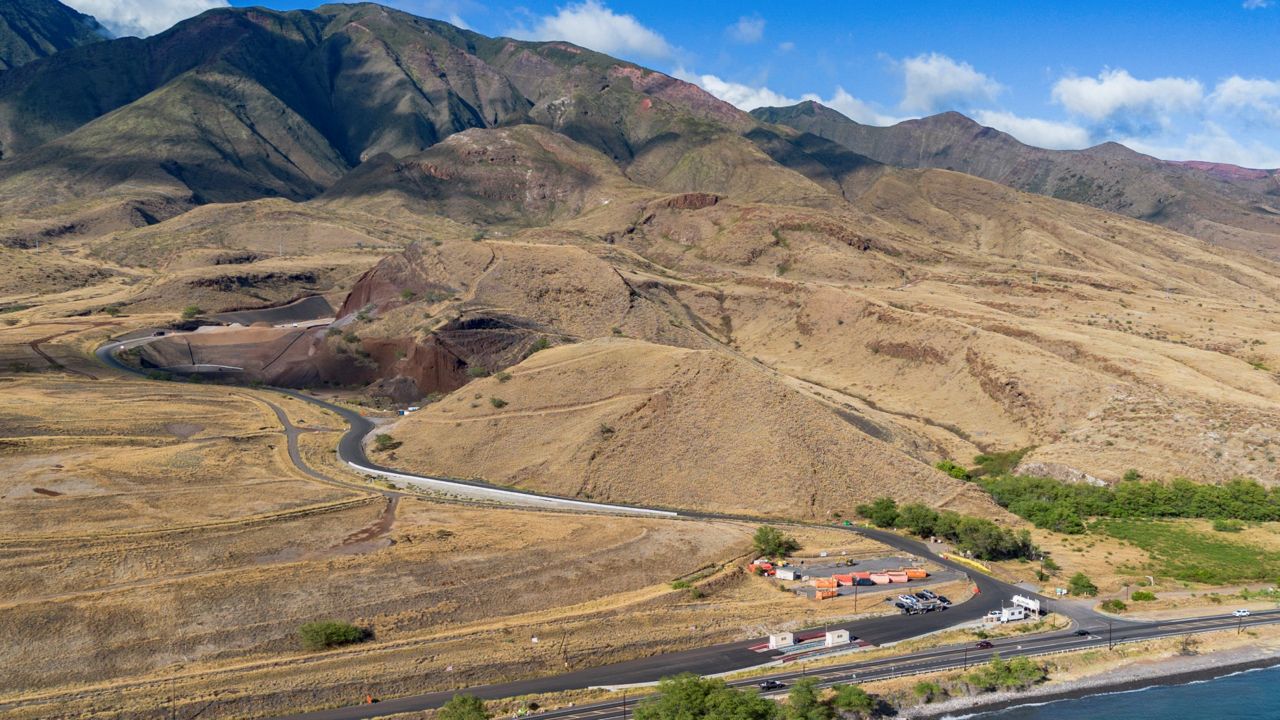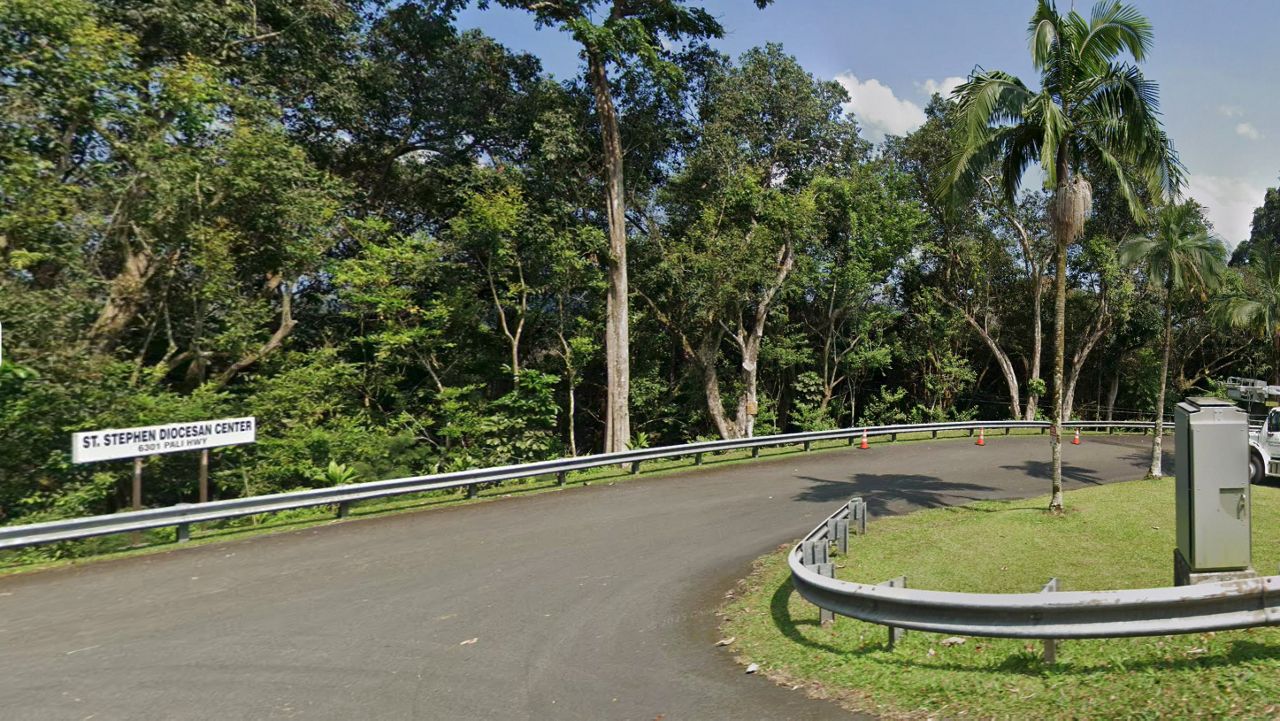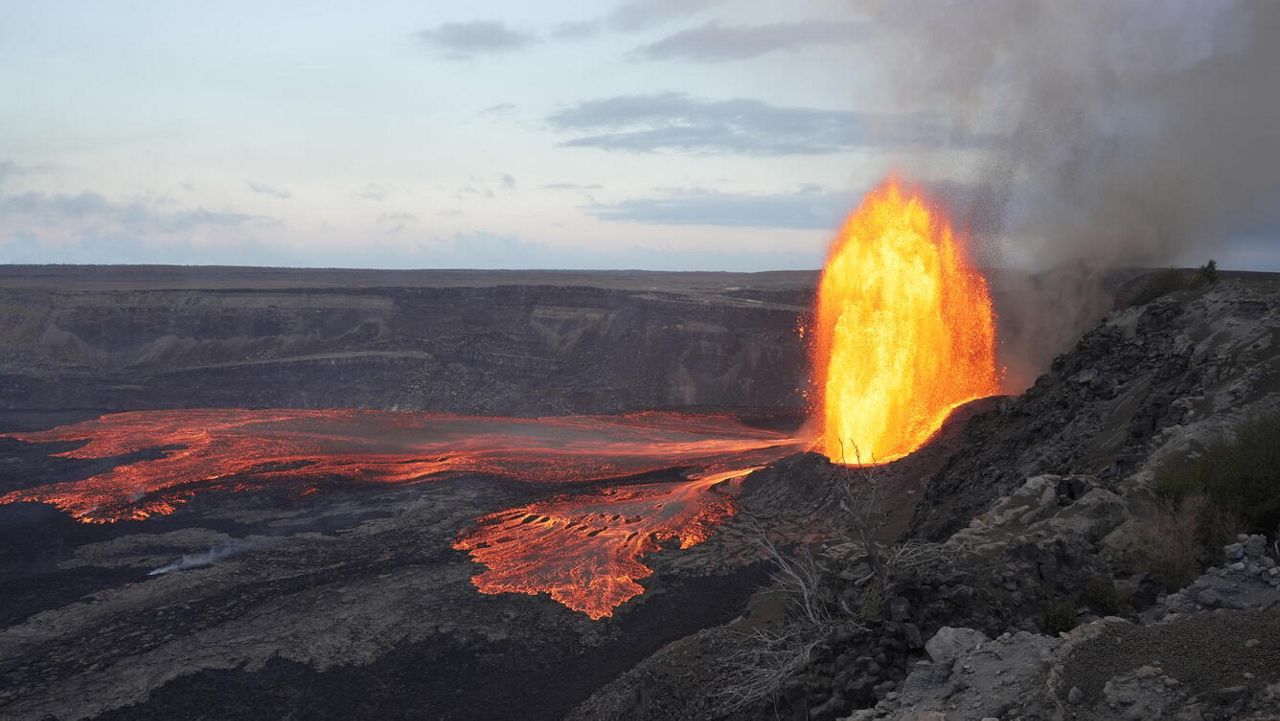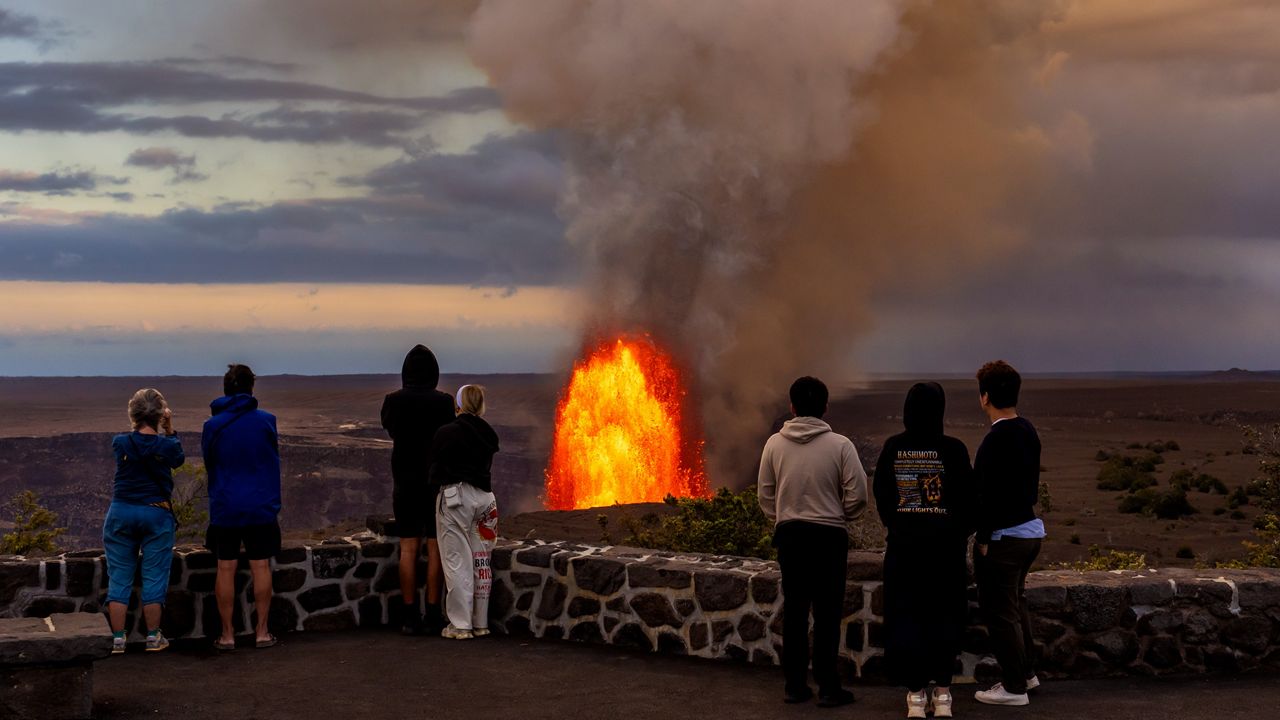As the powerful Pacific Ocean eats away at the shoreline all around the state, shrinking the square footage of oceanfront properties and sometimes taking away parts of the homes, the owners have few options.
Last week, a beachfront home at Rocky Point on Oahu’s North Shore partially collapsed into the ocean. Pieces of the home and erosion control measures that were placed on the beach in front of the property littered the sand and ocean.
A few days later, the property owner, Joshua VanEmmerik, started demolishing the partially collapsed home at 59-147 Ke Nui Road.
But state officials had little sympathy for the property owner, who over the past four years had been sent multiple violation notices for allegedly building unpermitted erosion control devices on the beach in front of the property and had been asked to work with the City and County of Honolulu’s Department of Permit and Planning to relocate his home.
On Wednesday, the state sued the property owner, demanding damages to pay for the cleanup.
The state’s Department of Land and Natural Resources also closed the beach in front of the home, citing safety concerns. Crews put up signs informing visitors and residents of the closure.
DLNR subsequently sent a news release alerting homeowners in the Ke Nui Road area of the potential risk to property as many of the homes are built on sand berms and waves continue to cause erosion.
“While the circumstances are unfortunate, debris on the public beach or falling into the ocean endangering the community and marine life is unacceptable and we will take all appropriate action to protect the public and our natural and cultural resources,” said DLNR Chair Dawn Chang.
In 2022, another home, at 59-181-H Ke Nui Rd, collapsed onto the beach. If nothing is done, more homes are likely to follow.
Michael Cain, the administrator of DLNR’s Office of Conservation and Coastal Lands, urged homeowners to relocate any parts of a home that are at risk of falling into the ocean and encouraged them to work with DPP to determine what permits might be needed.
“The situation is not good for homeowners,” said David Callies, a University of Hawaii Professor of Law Emeritus who specializes in property, in an interview with Spectrum News Hawaii.
Callies noted many of the lots along Ke Nui Road are relatively small, with little room to move homes mauka.
“There's not sufficient land legally to construct a new house when the house falls down,” said Callies.
According to Hawaii law, the state owns the land up to the “highest wash of the waves.” As climate change leads to rising sea levels and naturally fluctuating coastlines shift, waves may encroach on the boundaries of properties that have been in place for decades.
VanEmmerik’s home was built in 1979 and when he purchased the home in Dec. 2021 for more than $1 million, the lot size was listed at 5,169 square feet, according to public records.
While a home may be listed at 5,169 square feet, if “the highest wash of the waves” gets higher, then the lot size will shrink accordingly — with no certain stopping point.
“The landowner really continues to lose property. And there is no legal remedy for that,” said Callies. “It’s sort of like collateral damage.”
Still, he said it is important for DLNR to be consistent in enforcing the removal of unauthorized erosion devices constructed in front of beachfront properties. Perhaps, Callies speculated, a homeowner could sue the state for selective enforcement, arguing the state failed to enforce the regulations uniformly, and because of this, their home washed away, while their neighbors with armored lots did not.
In 2021, Hawaii became the first state in the U.S. to require sellers to disclose sea level threats, including shoreline erosion, to potential buyers of oceanfront properties. This would include “any known information regarding loss of land,” according to Jennifer Andrews, the Chair of Honolulu Board of REALTORS’ City Affairs Committee.
However, the new law did not go into effect until May 1, 2022. Since VanEmmerik purchased the home in Dec. 2021, the seller may not have disclosed the risk regarding shoreline boundary movement. But he purchased the adjacent oceanfront property, 59-147A Ke Nui Road, in Aug. 2022, also for $1 million, so the seller would have been legally required to disclose the risk on that purchase. Spectrum News Hawaii reached out to VanEmmerik for more details but did not receive a response.
While the situation might look bad for certain beachfront property owners as the state’s right to “the highest wash of waves” shrinks their property, Callies said the state’s primary obligation is to protect the rights of all people to the beach.
Michelle Broder Van Dyke covers the Hawaiian Islands for Spectrum News Hawaii. Email her at michelle.brodervandyke@charter.com.




